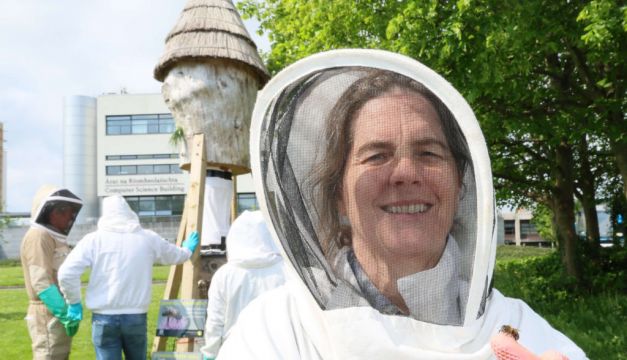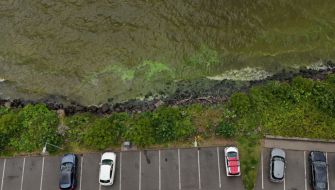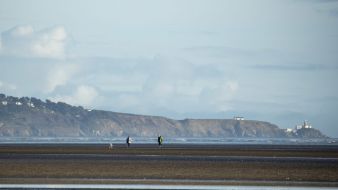Researchers at University of Galway have called on people to support the monitoring of more than 500 wild and native honey bee colonies, to mark World Bee Day on Monday.
The team of academics at the Galway Honey Bee Research Centre will use the data being recorded and reported about the free-living bees as part of efforts to devise better strategies for their conservation.
Citizen science has already supported the recording of 541 nests of wild and native honeybees, or Apis mellifera mellifera, across the island of Ireland.
Now researchers need data from ongoing monitoring which will be submitted to the National Biodiversity Data Centre and the help further understand the survival of bees once thought to have been wiped out by the invasive parasite Varroa destructor.

The project, funded by Science Foundation Ireland, involves samples from wild colonies being compared with those from managed and historical ones, as well as studies of the ecology of the colonies, pathogen type and load and the genetics of the bees.
Professor Grace McCormack, head of the School of Natural Sciences at University of Galway, said: “When I first tried to embark on research into Ireland’s wild native honey bee, I was told they don’t exist.
“But they do and Ireland is the last stronghold for the black bee in Europe, which has been under threat from parasites, loss of natural habitat and biodiversity, climate change and hybridisation from imported bees.
“Our quest now is to learn as much as we can about our bees, to monitor colonies and confirm that they have survived in the wild for more than two years.
“With the data that is provided by the public, our citizen scientists, we can devise conservation strategies.”
The Galway Honey Bee Research Centre, based at University of Galway, is asking would-be citizen scientists to locate colonies, but not to report individual bee sightings, and for some people to become colony custodians by regular monitoring and reporting on the survival of the colonies.
Black bees are smaller than a bumblebee. They are dark brown, almost black, with narrow or no bands on the abdomen and can be seen foraging in damp or drizzly weather.
Free-living bee colonies are classed as having survived for more than two years in the wild, nesting outside a man-made hive/box.
Wild honey bees are cavity dwellers and colonies can usually be found by observing the activity and noise of a large number of bees at a small entrance.
Colonies are usually seen in elevated positions, a few metres above the ground, in trees in old woodlands or in walls and roofs of buildings, which is common in Ireland.
Hive entrances have been found in unlikely places, such as hollow statues, compost bins, bird boxes and graveyard crypts.
For more information or to report a colony visit galwayhbrc.com.







